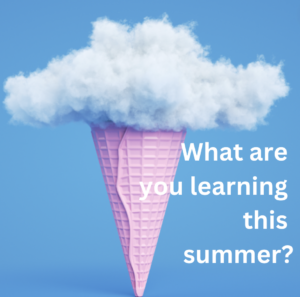and 6 Ways to Build Your Learning Agility
This is the 4th installment of Pamela’s Summer of Learning Series.
Witnessing my mother’s resilience shortly after my father left was one of the biggest influences in my life.
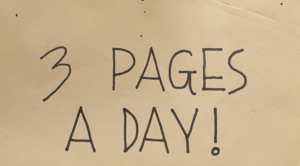
Note My Mother Wrote to Inspire Herself
My brother and I were both teenagers and my mother, knowing she had many productive years ahead of her made a radical choice for the time.
Her prospects were limited because she had been out of the workforce for most of her adult life.
Rather than react out of fear and take the first job she could get, she chose to do something for which she had no role model.
At a time of incredible financial stress, and in an era when it was rare for adults to return to college, my mom dove into the uncharted waters of graduate school.
I watched as she carried her books back and forth to the library, pre-internet, and set up shop each night on the kitchen table with her Underwood manual typewriter.
On the home stretch, as she researched and wrote her graduate thesis, she posted a note on the bulletin board above the kitchen table to cheer her on, “Three pages a day!” it read.
The number was substantial and yet manageable.
I watched each night as she set herself up and clack clack clacked out those three pages.
And, when she finished, I cheered the loudest as she crossed the stage to accept her diploma and continue to a thriving professional career, that demanded two major geographic moves in midlife.
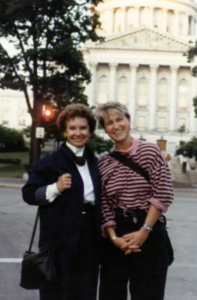
My Mom, Thriving After Grad School, and Me
Years later, after she passed, I came across the “Three Pages a Day!” note again when packing up her house.
I’m sure she never imagined that it and her example would cheer me on to be resilient and persevere in my own learning and writing, three advanced degrees and five books later.
Perhaps not by coincidence, I have spent many years working with clients across industries, and mentoring adult graduate students as they chart their course through scary and rewarding new beginnings.
Whether or not you were lucky enough to have someone model learning agility, you can learn to make it a habit today.
Whether it is committing to your own “Three Pages a Day!” or any other seemingly small steps toward building your agility capability, trust they will add up to a big impact for yourself and those who share a stake in your success.
6 Ways to Build Your Learning Agility Habit
Learning and adapting in unfamiliar circumstances is the very definition of learning agility. It may seem counterintuitive to make a habit of learning agility, a capability we tap in the midst of the unexpected. However, as learning becomes a habit, your confidence in your ability to continue learning as conditions change will grow, too.

The manual Underwood typewriter model my mother used
Whether or not you were lucky enough to have someone model disciplined learning, you can be that person for yourself today. Here are a few lessons I learned:
1. Name and Claim Your “Why?”
Our ability to name and claim our purpose as humans guides us through our most challenging times and can keep us motivated through disruptions large and small.
When your commitment to your learning flags, pause to reengage with your reason for doing it in the first place. Your initial reason could be pure survival (as it was for my mother when she returned to graduate school). And it may also evolve, as I have seen happen for countless agile learners as they continue their educational and professional journey, who discover that the intrinsic joy of learning motivates them to keep going.
2. Make it a Priority
It’s as simple as that. I interviewed masters athletes to find out how they stayed healthy and fit enough to continue to compete long past the time their peers had retreated to the couch. The answer was simple and consistent: “I make it a priority.”
3. Focus on Manageable Chunks
For example, Three Pages a Day was a small enough number to be manageable for my mom while writing her thesis, and yet they quickly added up. Determine what is manageable for you. Is it a set amount of time, a specific skill or topic you want to cover, a set of exercises you want to practice, or other experience you want to incorporate into your life?
4. Block Learning Time on Your Calendar
Treat your learning time as important as your other commitments. I set a reminder that ensures I am available for my blocked time. It also gives me time to reschedule my learning block if something urgent needs my attention. The point is not so much when you keep you keep your commitment, but THAT you keep it.
5. Visualize Success
Your rewards may be extrinsic or intrinsic, or some combination. They could be as spectacular as walking across the stage to receive your diploma to the cheers of your family and friends, or as humble as being able to find your way while traveling abroad. They could be measured in the bottom line or in the positive energy in the lunch line. Visualizing the value of your learning and growth can keep you going when your commitment falters.
6. Celebrate Your Progress—Grow Your Learning Agility: Learning agility, or the ability to learn and adapt in changing circumstances naturally grows as you build your confidence in your ability to learn and adapt. Confidence grows over time, through incremental successes. It is important to recognize and celebrate that progress. This might mean mastering a new skill, building a new relationship, successfully navigating a challenging project, or overcoming a setback.
What ways work for you to make learning a habit and to build your learning agility confidence?
Bonus Resources
Here are a few resources to help you build your learning agility habits:
- What is Learning Agility (and how can you develop yours)? Click the button to read my short intro to learning agility.
-
-
-
If you want to leverage the power of streaks to develop your learning habit (or any other), the app
Streaks allows you to set your goals and track your progress, with helpful reminders to keep you on track.
- If your colleagues, and team members could use a boost of inspiration, please share the #SummerOfLearning “Learning Letter” sign-up link: Share SOL Newsletter!


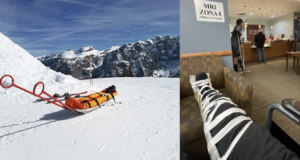
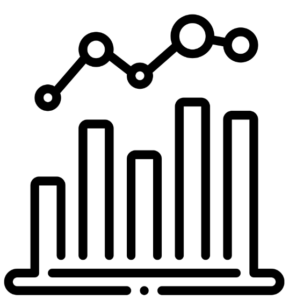 Thankfully, I found inspiration to start my comeback by reading the final proofs of Staying in the Game:
Thankfully, I found inspiration to start my comeback by reading the final proofs of Staying in the Game: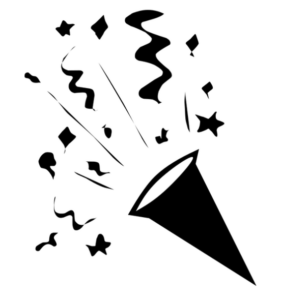 We all need to see and acknowledge progress to stay engaged. This is especially true for long and complex endeavors that will likely include their share of setbacks.
We all need to see and acknowledge progress to stay engaged. This is especially true for long and complex endeavors that will likely include their share of setbacks.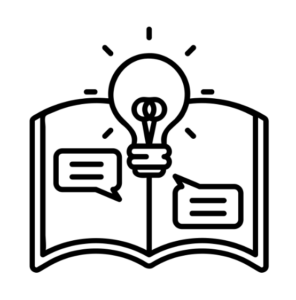 On days when I was flagging or experienced a setback, I took heart in hearing and reading other people’s come-back stories.
On days when I was flagging or experienced a setback, I took heart in hearing and reading other people’s come-back stories.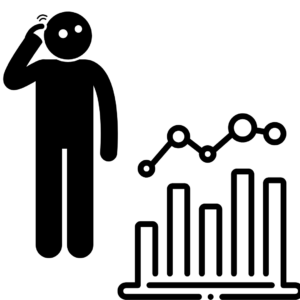 One of the challenges in helping leaders develop the 3Cs of agility (Competence, Capacity, and Confidence) is that the emPHAsis is often on the wrong sylLAble.
One of the challenges in helping leaders develop the 3Cs of agility (Competence, Capacity, and Confidence) is that the emPHAsis is often on the wrong sylLAble.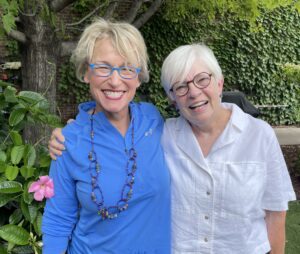
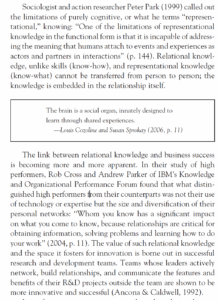
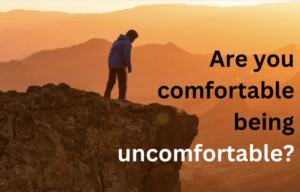 Embarking on any new endeavor can feel risky and scary. Fear of failure, looking stupid, not fitting in, and more keep many people from venturing out of their comfort zones.
Embarking on any new endeavor can feel risky and scary. Fear of failure, looking stupid, not fitting in, and more keep many people from venturing out of their comfort zones. As I embarked on my Summer of Learning, I’ve paired up with my longtime friend and colleague, communication coach,
As I embarked on my Summer of Learning, I’ve paired up with my longtime friend and colleague, communication coach, 


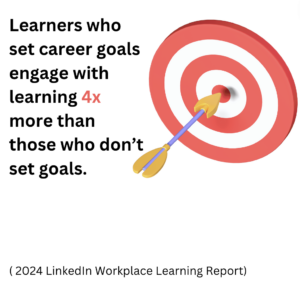 This is the 3rd installment of Pamela’s Summer of Learning Series.
This is the 3rd installment of Pamela’s Summer of Learning Series. Success Story:
Success Story:  Why It’s Important to
Why It’s Important to 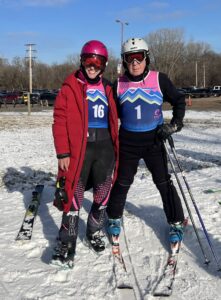 This is the 2nd installment of Pamela’s Summer of Learning Series.
This is the 2nd installment of Pamela’s Summer of Learning Series. Here are a few questions to get your curiosity wheels turning
Here are a few questions to get your curiosity wheels turning Progress, Not Perfection
Progress, Not Perfection